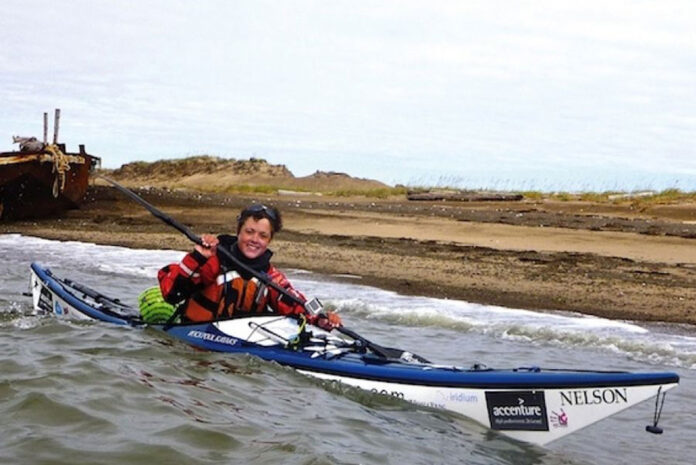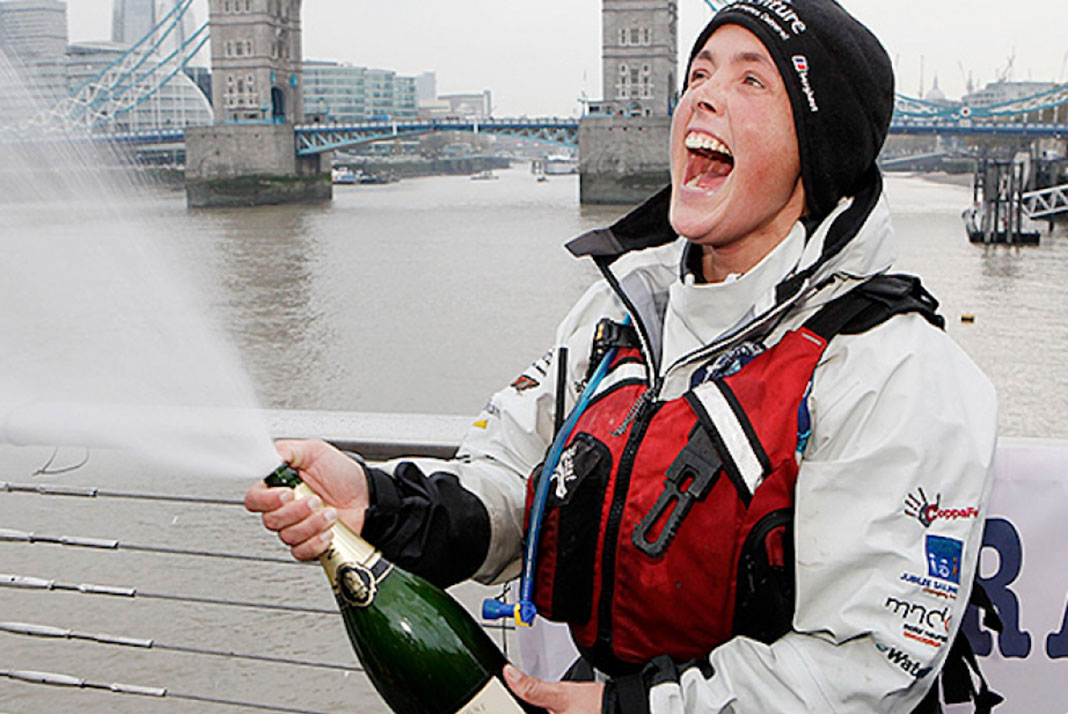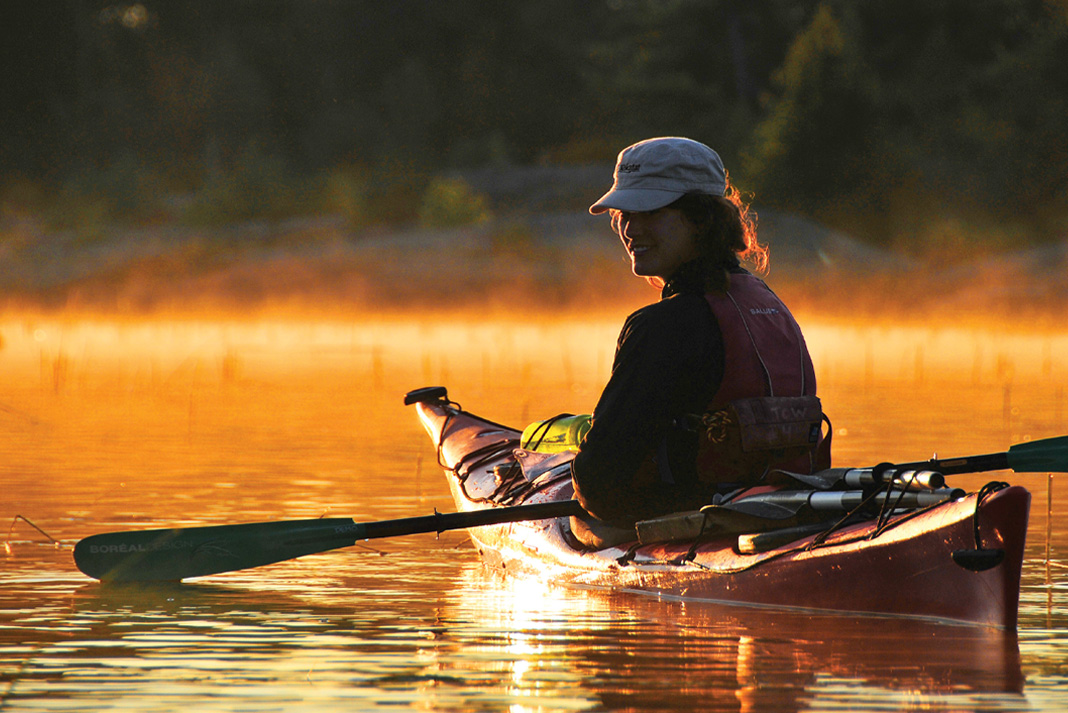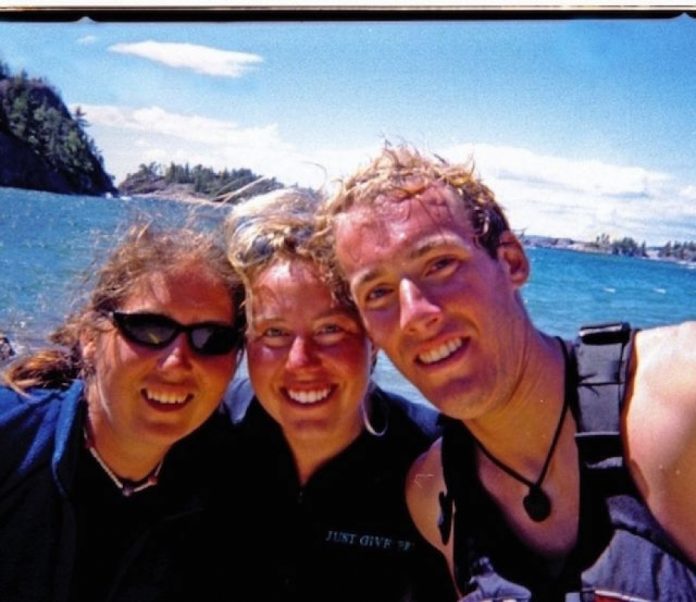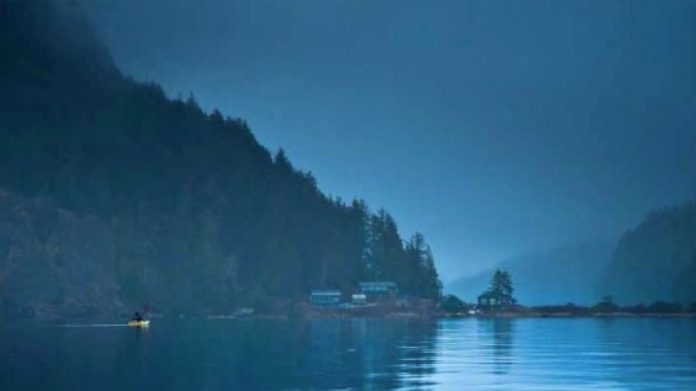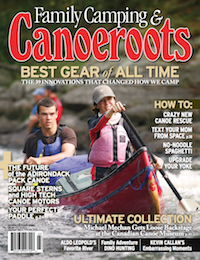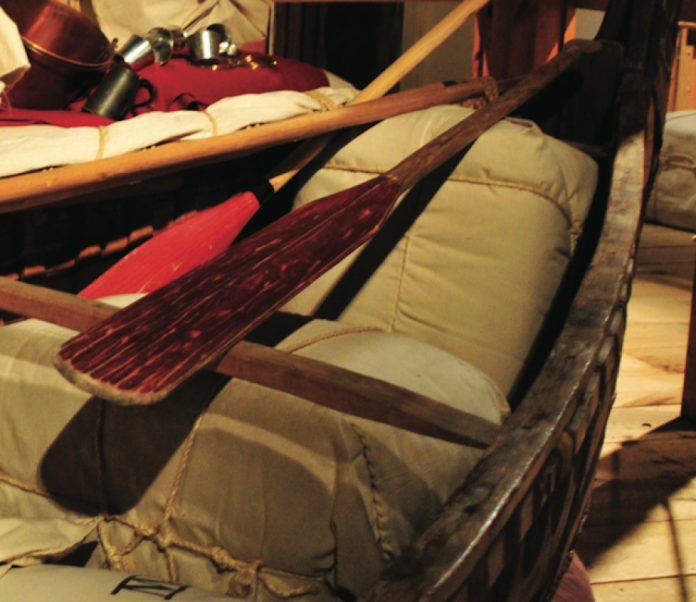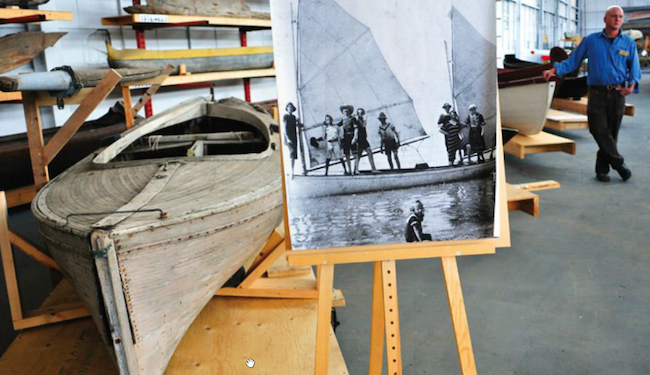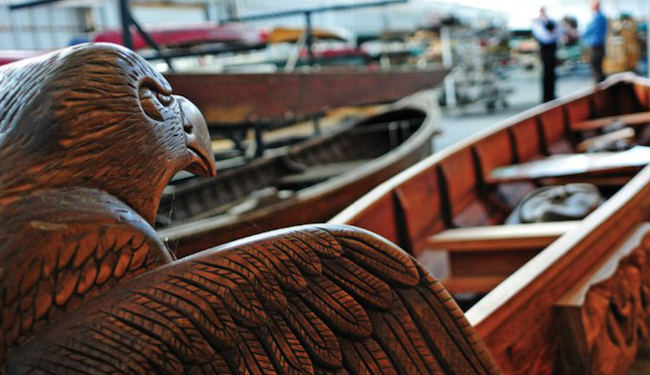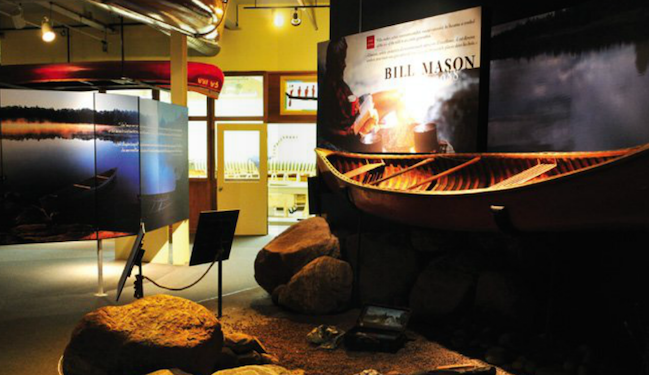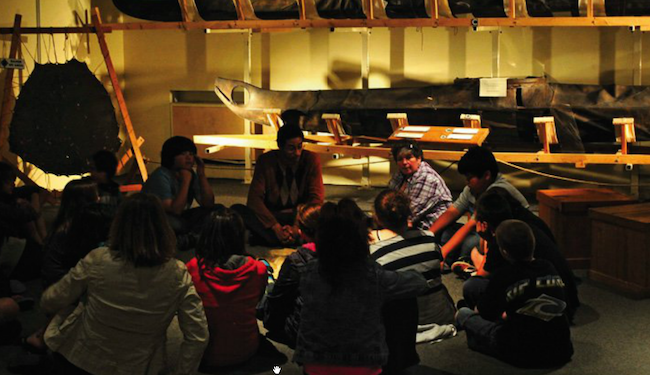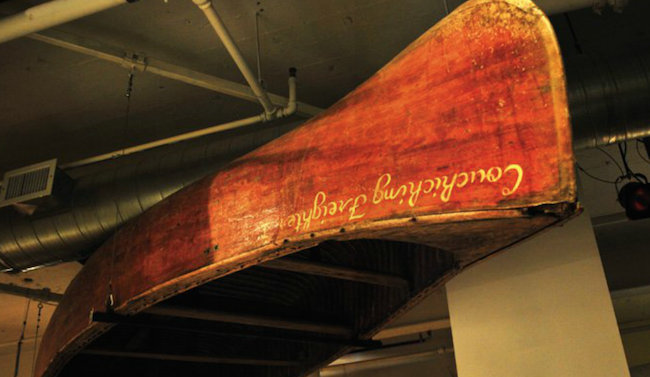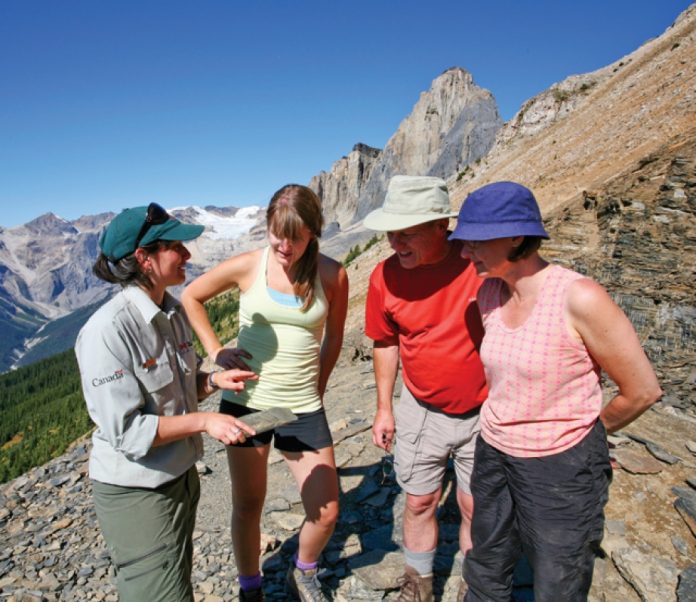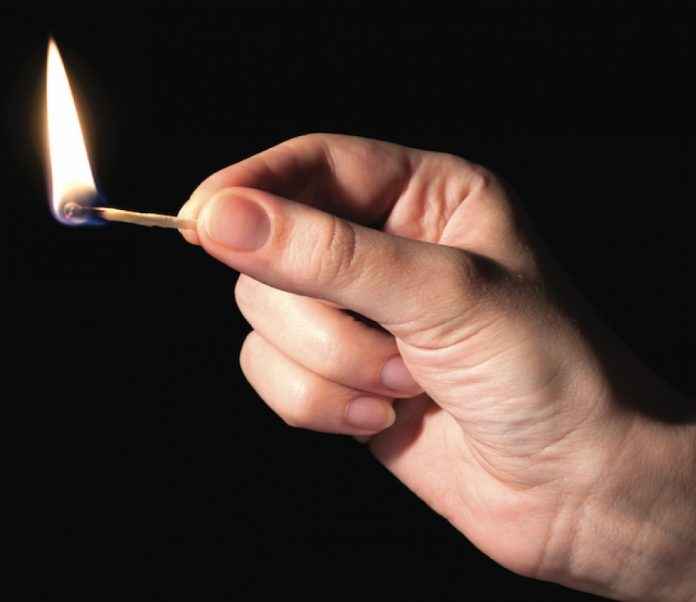This expedition news article was originally published in Adventure Kayak magazine.
Sarah Outen looked death in the eye twice on her solo row across the Indian Ocean in 2009. Thrown from her capsizing boat and plunged into a stormy sea, she had to unclip her safety line to clamber back on board. Then, on the very last day of her 4,000-mile epic, her rowboat collided with a reef. Before the coral gashes and the deep saltwater sores healed, the gutsy 25-year-old Brit was planning her next adventure.
Sarah Outen is circumnavigating the globe
Despite moments of despair during her 124 days on the Indian Ocean, Outen surfed with albatrosses, witnessed jaw-dropping sunrises and says she “never felt more alive.” The first woman and youngest person to row across the Indian Ocean turned her sights on a non-motorized loop around the planet.
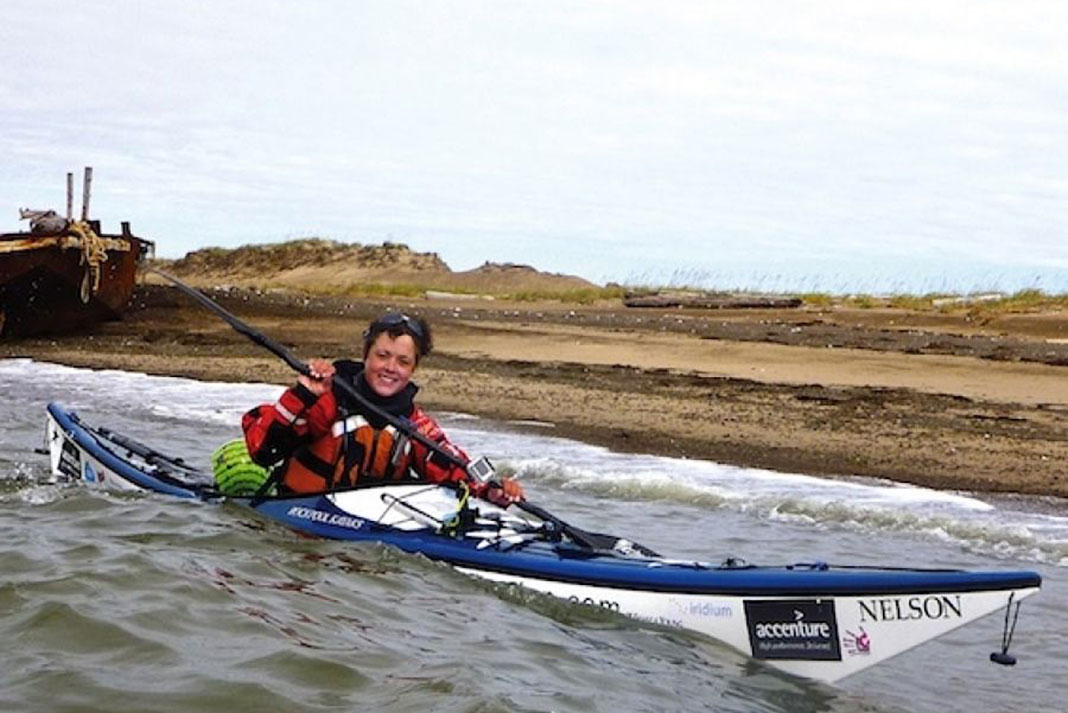
On April 1, 2011, Outen took the first paddle strokes of her 20,000-mile journey. For two and a half years, she will be cycling, rowing and kayaking from London to London, via the world. The boldest legs are solo rows across the Pacific and Atlantic Oceans, although she thinks her biggest danger is being hit by a wayward truck while cycling across Europe, the Far East and North America.
I joined Outen on the kayaking portions of her trip for safety and filming. Departing London down the River Thames, we paddled six hours on, six hours off, making the most of tidal flows en route to the trip’s first major challenge: crossing the busiest shipping lane in the world to France. A closing weather window led us to make the 24-mile crossing in the dark on lively seas.
Over the next six months, Outen pedaled 10,000 miles across 12 countries, breaking a wheel on the bumpy dirt roads of Kazakhstan and battling debilitating headwinds and sticky heat in China’s Gobi Desert. With the arrival of fall, she reached eastern Russia and I joined her as she jumped back into her kayak, island hopping to Sakhalin and then Japan.
Paddling to Japan was a physical and logistical challenge. The 24-mile crossing turned into 40 miles because Russian law required that we be stamped out of the country at a major port and dropped 12 miles off the coast in international waters. Outen insisted we illegally sneak back into Russian waters so every inch of her journey was covered by human power.“It’s all about integrity,” she told me as justification for our law breaking.
Outen’s unwavering determination and remarkable inner strength are derived in part from the tragic death of her father from arthritis the year before her Indian Ocean expedition. She coped with the grief by setting herself a challenge to focus on. From tragedy, Outen developed a determination to follow her dreams while she can. Through her website and education projects for schools, she’s sharing that zest for life and instilling in others the realization that anything is possible.
After landing at sunset in a small Japanese harbor, Outen climbed back onto her bike for the month-long pedal into Tokyo. At press time, Outen remained in Tokyo recovering from a tropical storm that thwarted her first attempt at crossing the Pacific. Her intention remains to complete the five-month, 4,000 mile trip.
To follow Outen’s ongoing ‘round the world journey, visit her website at sarahouten.com.
This article originally appeared in Adventure Kayak, Fall 2012. Download our free iPad/iPhone/iPod Touch App or Android App or read it here.



